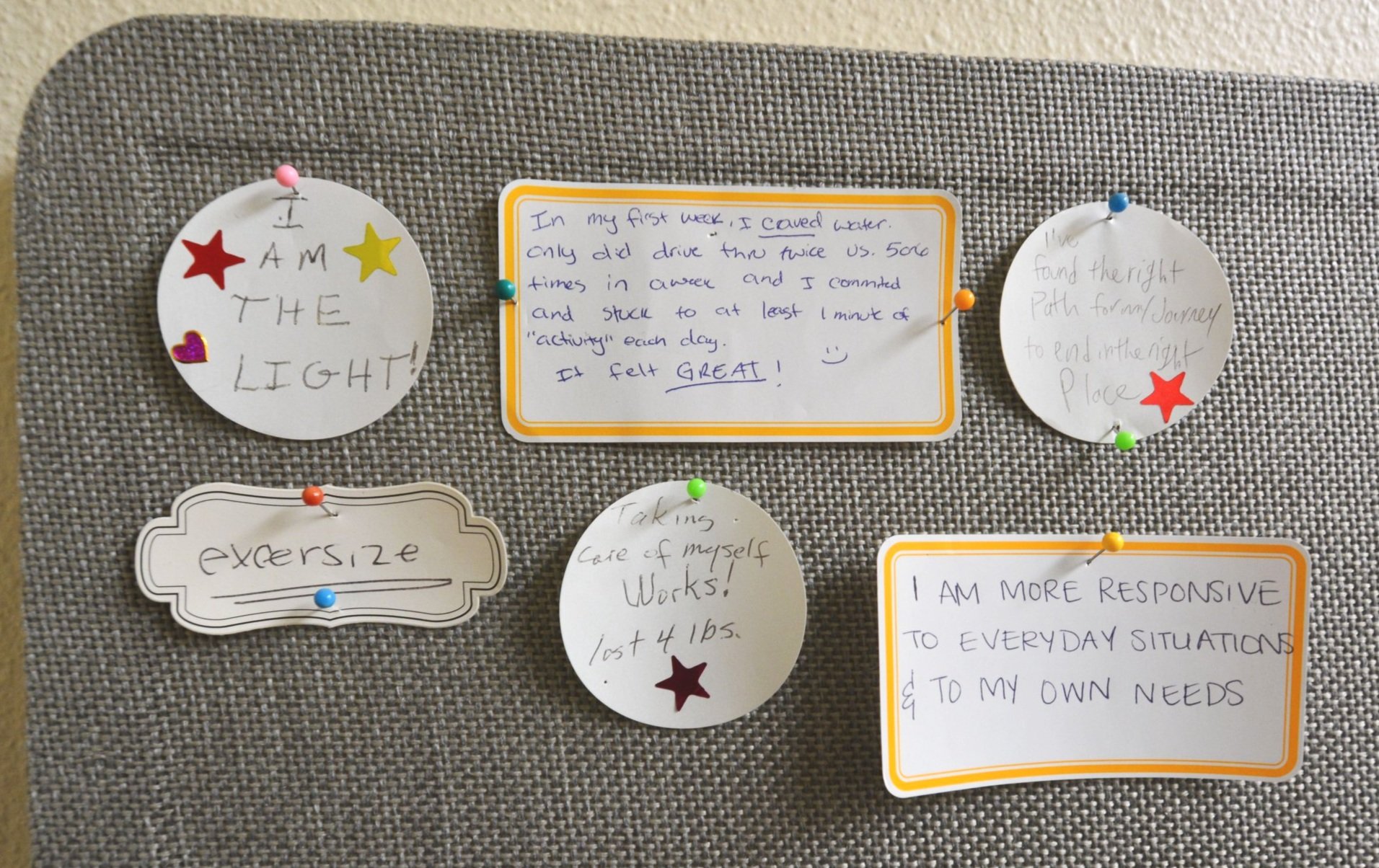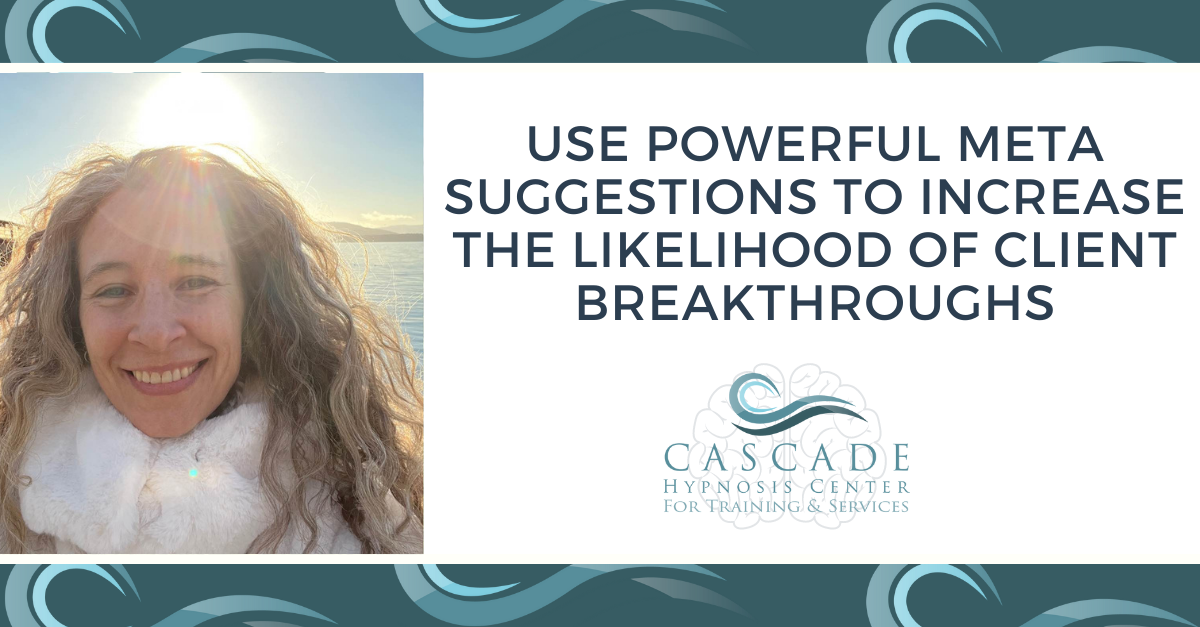The Most Important Story Every Hypnotist Should Tell to Grow Their Business – Even When You’re Brand New
By Erika Flint, BCH, MCPHI, OB
Originally published in the Journal of Hypnotism

It was 2 pm on a Wednesday. I was waiting for my client to arrive, and I began hearing a strange sound coming from down the hall.
It was a “creak, swoosh……creak swoosh…. creak swoosh”.
The sound of someone using a walking device – a four-pronged cane to be exact. It was my client, a middle-aged mother of 2, and she has just walked in my office. She set her cane in the corner behind her chair, and nearly fell into the seat. She says to me “I don't know why I'm here - I hope you can help. I’ve tried everything to lose weight and nothing has worked.”
“I’m so glad you’re here”, I told her, and nodding my head I said, “I know exactly what to do”.
(Story continues throughout the article.)
We are hard-wired to appreciate good stories.
And sharing great stories about hypnosis can help grow your practice.
This article includes the basics of great storytelling to help you grow your practice.
The Basic Format of Great Story Telling to Grow Your Hypnosis Practice
Great storytelling to grow your hypnosis practice focuses on getting your client their desired result.
Begin with a captivating opening that pulls clients “into” the scene, then retain their attention long enough with suspense to get the client thinking, feeling, and eventually taking action in new ways.
The best stories are captivating, specific, and include the desired outcome.
Step 1: Captivate with Focused Attention
Focus 100% on your client and the story you are telling. Let it be as-if it is happening all over again. When you - the hypnotist - are captivated by the story, your client will be too.
Step 2: Be Specific
Specifics help our clients imagine the scene. Instead of saying “this one day a weight loss client…” more specifically, say “last spring, a mother of 2 wanted help losing weight.”
Be as specific as possible to set the scene without revealing any personally identifiable or confidential information about your client.
Step 3: Determine the Desired Outcome
Answer the following questions about each story:
What you want your client (or the audience) to know? Hypnosis can help you lose weight.
How you want them to feel? Hopeful that hypnosis will work.
What you want them to do? Work with you to get their desired results.
Your answers to the questions above should be precise and clear.
Step 4: Summarize Your Point
The summary of your story is a single sentence, like this, “So, that’s what I do. I help _______(specific client) ___________(specific outcome) without ________________(specific challenge).”.
Here’s an example: “I help (emotional eaters) (lose weight with hypnosis), without (the struggle).”
My client Stephanie opened her eyes and emerged from hypnosis. Looking quite peaceful, she looked directly at me and said “I have to use the bathroom” and she quietly got up and left the room.
A few minutes later she returned. I was surprised because she returned much sooner than I had anticipated…
The Most Important Story to Tell Helps Your Client Get Their Result

An example of a Success Board
The most important story to tell is the one that helps your client get their desired result.
This is why I recommend creating a collection of client stories. And if you're brand-new to hypnosis, then your goal is to re-tell good client stories until you get your own.
The language for re-telling someone else's story is something like "a hypnosis colleague of mine ...".
Take 15 minutes right now to start a record of your best client stories that you can add to over time
This can be as simple as a spreadsheet or table of client stories. Use the following bulleted list for the columns, plus the know, feel, and do questions from above.
Client Success Stories
Here's the format for creating client success stories with an example:
Specific client: Female mother of 2.
Specific problem in their words: Tried everything to lose weight, nothing works.
Specific work done: Hypnosis eliminated the desire to emotionally eat, and she hasn't had vanilla ice cream since.
Specific outcome: Lost 14 pounds in a month, and has more energy.
In their words: “I don’t think about food anymore; it makes it so easy for me to lose weight.”
When Stephanie returned from the bathroom, I knew something was different.
And so did she. After a brief moment of confusion, our eyes met - and we instantly came to the same realization. She had forgotten to use her cane!
A tremendous smile came over Stephanie’s face, her eyes sparkled, she immediately seemed so at-ease. In that moment I saw my client – the real her – joyful and happy, for the first time.
Stephanie went on to lose 14 pounds the first month, and walking on her own was easier week after week.
I never saw the cane again, but I did see Stephanie at the grocery store a few months later. She said to me “, I don’t think about food anymore, it makes it so much easier to lose weight, and I have more energy too. I can’t thank you enough”.
If I were talking to a networking group, I’d finish with:
And that’s what I do – I help people lose weight with hypnosis – even when they can’t walk without a cane! Even when they’ve tried everything else and failed. Hypnosis still works.
Then, I’d relate this story back to my client, or audience. Helping to fill them full of hope for their own desired outcome.
What you’ll find, is the more you tell a story, you learn what clients respond to making the story more powerful over time. Helping your clients get their desired result faster than ever before.
Start now by collecting your client stories – and if you don’t know where to start – begin with your own hypnosis story. What made you want to be a hypnotist? Begin there.

-Nov-10-2022-06-23-18-2845-PM.png)

